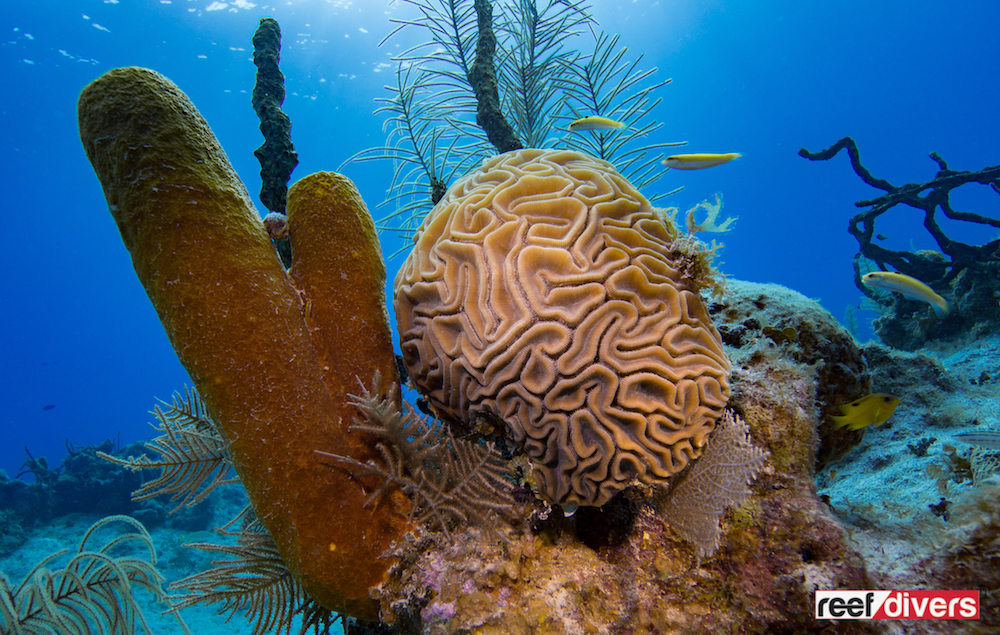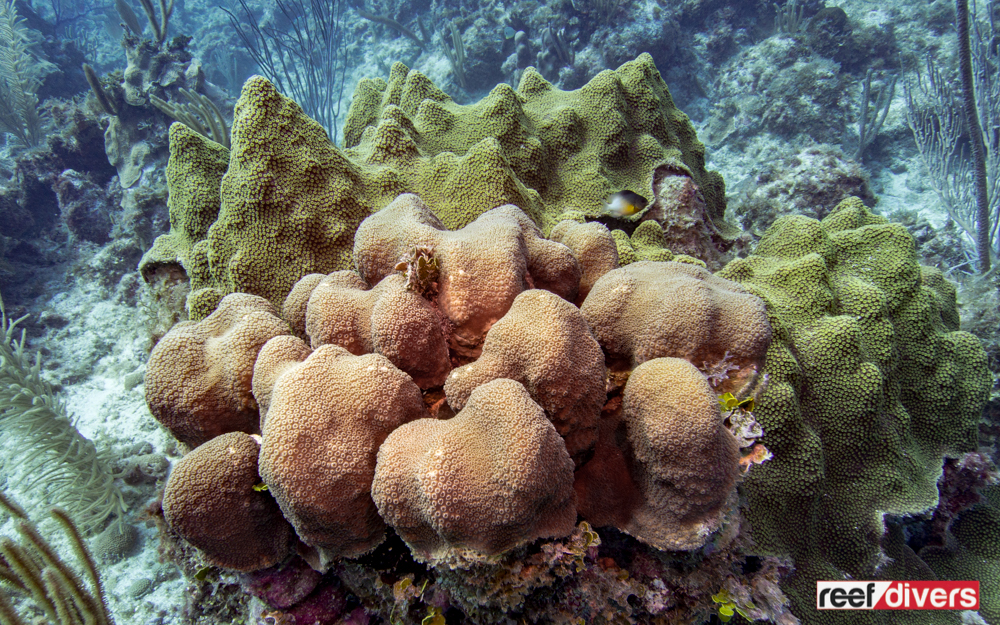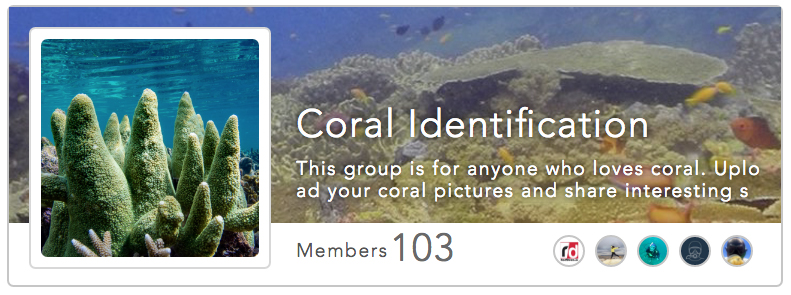Corals and Scuba Diving
If you follow ReefDivers.io you know we love corals. We write about them and encourage divers to take a closer look at the reef. But we often wonder why scuba divers spend their time looking for fish, and all but forget that corals exist.
After a dive your buddy is more likely to list the shrimp, turtles, and eels, they saw while squeezing in a few words about how beautiful the coral was. And, ask any diver, divemaster, or dive instructor, to name five corals they saw on a dive and chances are you will be met with blank stares.
But why?
What if the tables were turned and divers came back to the boat raving about the Orbicella, or the mesmerizing Diploria, with only a few words to say about the red fish and the fast fish. Corals are important. They are the foundation of the marine environment and support all life on the reef. So why do they get lumped in as background and play a supporting role to our dives.
The words reef and coral get used every day in a divers vocabulary, and there are countless dive sites which throw the word reef into their name but no mention of what coral someone could see on that dive.
I saw this video yesterday, and it serves as a classic example of what I’m talking about. The video is titled Scuba Diving the House Reef, and says you will have an “all-access pass to one of the most beautiful reefs on the island,” yet there is no mention of what corals you can see.
They even go as far to say “the reef burst into a living garden of vibrant soft coral” while doing a flyby of a purple stovepipe sponge, with no soft coral in sight. They do however list a few of the iconic fish and macro critters you will see on the reef.
Big Fish Culture
As scuba divers it’s not your fault you don’t know more about corals. Even dive professionals are in the same boat. As a dive instructor when moving to a new country or a new dive center, you learn about the local environment from instructors who have been there longer than you.
Their knowledge is passed down and it revolves around where to find the turtle cave or if you’re lucky the best place to spot sharks and rays. Once you’ve got the big stuff out of the way you will be taught where to find the macro critters and the names of the flashiest fish. Because at the end of the day that is all divers ever ask about.

This culture of big fish and tiny critters is perpetuated throughout the diving industry and it blows my mind that more attention isn’t given to corals. And don’t get me wrong I am sure divers care about corals. They care enough to participate in coral restoration projects or share the latest story about the dying reefs, but when it comes down to it, there is no real Reef Diving culture like there is for megafauna or muck diving.
When I was teaching scuba diving, I was always interested in learning more about corals but had a tough time finding information online. I didn’t even know where to start. This is why I am so passionate about photographing and writing about corals because someone out there is just like me and wants to know more.
What’s next
When we see some of the biggest dive websites, and dive magazine in the industry continuing to promote a list of fish you could see on the nicest reef on the island, it only makes us want to work harder to promote coral literacy.
Searching for corals is just as exciting and looking for fish, and it starts with dive instructors, divemasters and dive centers promoting this type of activity. We would love to see a movement of younger divers who are excited about corals, and who start creating a bucket list of corals they just absolutely must see in their lifetime.
The Reef Divers Coral Identification section is continuing to grow and our goal for 2017 is to photograph and document ever species of Caribbean coral so expect this page to be complete come December!
 If you want to learn more about corals or have a coral picture you want to be identified, join our Coral Identification group on Deepblu, where we have a community of coral divers ready to build the Reef Divers coral identification army.
If you want to learn more about corals or have a coral picture you want to be identified, join our Coral Identification group on Deepblu, where we have a community of coral divers ready to build the Reef Divers coral identification army.



